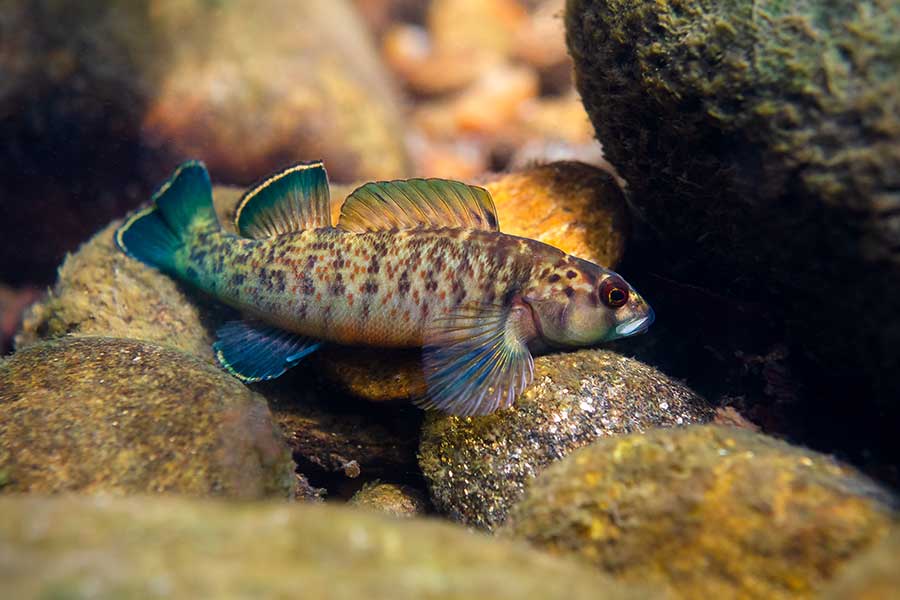
For years, scientists paired regions of significant tectonic activity with biodiversity hotspots, but new research from a team of scientists from Florida State University, Yale University and Massachusetts Institute of Technology suggests giant shifts in the landscape aren’t the only factor driving diversification among species.
The Appalachian Mountains, which have been tectonically quiet for millennia, are the prime example.
In a new article published in Science, the research team laid out the case for river erosion as a driver of biodiversity, highlighting the case of the Greenfin Darter, a freshwater ray-finned fish that is endemic to the Eastern United States.
Maya Stokes, assistant professor of Earth, Ocean and Atmospheric Science at Florida State University, is the lead author of the paper that examines how the Greenfin Darter began to diversify and the role the changing landscape played in that process.
“Rivers are eroding the rock, and that can have an impact on the landscape and life that lives there,” she said.
Stokes and the research team found that as the river waters eroded different types of rock in the Tennessee River Basin, Greenfin Darter populations were pushed into different tributaries of the river. Over time, these fish began to diversify into distinct lineages.
The southern part of the Tennessee River Basin, where the fish are largely found, is made of metamorphic rock. The northern part of the river basin consists of sedimentary rock. Furthermore, the part of the river running through metamorphic rock is steeper with rougher waters, which the Greenfin Darter seem to prefer.
“There’s some habitat preference dictated by the presence of metamorphic bedrock,” Stokes said. “In the past, the species may have been widespread, but as the exposure of metamorphic rock shrank, populations were separated, and the genomes of the separated populations began to diverge.”
The team collected Greenfin Darter tissue samples from populations throughout tributary streams in the Blue Ridge Mountains and sequenced their DNA, which showed that the geographically separated Greenfin Darter populations had begun to diversify on a genomic level.
“Physically, they aren’t distinguishable,” Stokes said. “But we see significant differences in the genome. If they remain separate for a long period of time, we may see more outward changes to their appearance.”
The study was a result of Stokes’ work as a doctoral student at Massachusetts Institute of Technology and her postdoctoral work at Yale University. The paper also included authors from Colorado State University, the University of Tennessee, the University of Massachusetts at Amherst and the Tennessee Valley Authority.
This research was supported, in part, by the mTerra Catalyst Fund and the National Science Foundation. While at MIT, Stokes received support through the Martin Fellowship for Sustainability and the Hugh Hampton Young Fellowship.




